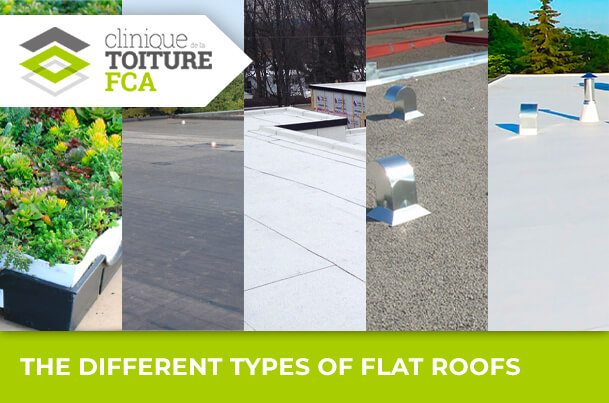The green roof: a greener choice
What is a green roof?
Popular among our neighbours on the old continent, the green roof is slowly gaining a reputation in Quebec. Although white roofs are an eco-friendly choice, some consumers want to do more. With a green roof, the building and the environment benefit:
- Rainwater retention
- Increased insulation
- Possibility of cultivation
- Air pollution control
- Aesthetics
- Extended membrane life
- Soundproofing
The ecological choices of Clinique de la toiture FCA have led it to partner with suppliers and experts in the field of green roofs in order to offer you a wide range of solutions for your project.
Whether it is for an intensive or extensive green roof, an ultra-light system, pre-vegetated crop containers or project analysis, Clinique de la Toiture FCA collaborates with structural engineering services to help you and advise on a sustainable and eco-responsible choice.
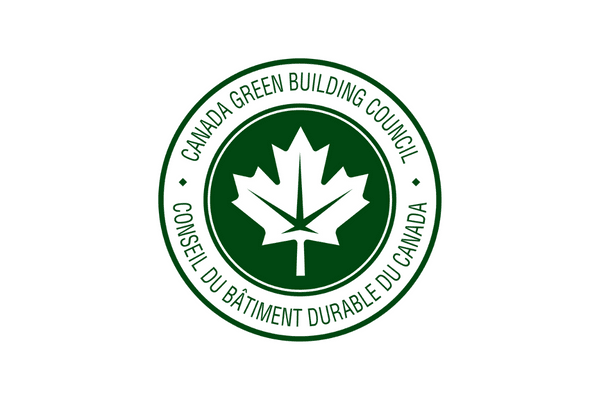
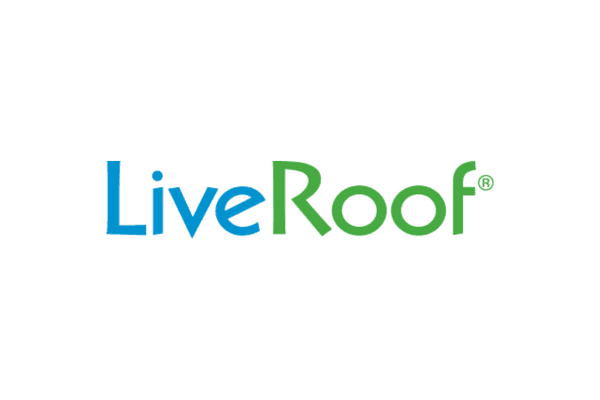

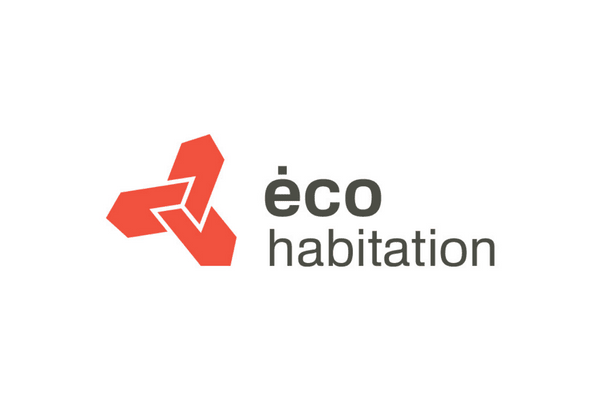
What are the benefits of a green roof?

1. It’s prettier
Between an asphalt roof and a green roof, the aesthetic advantage is undeniable! You can also arrange it so as to make it a roof terrace, a roof garden or simply a lawn with landscaping or not. You could even grow vegetables in it!
2. It’s more eco-friendly
Our green roofers will tell you: opting for a green roof is a more than sensible ecological choice. You will help improve air quality and increase the insulation and soundproofing of your building, among other things.
3. Better membrane protection
By installing a green roof, you can also help extend the life of your roof membrane, since it will be protected from bad weather and various atmospheric pollutants, while better resisting large temperature differences, especially in Quebec.
4. Beneficial on all counts
Whether for aesthetic, environmental or practical considerations, you have everything to gain by opting for a green roof. Regardless of your current roof covering, ask our roofers to see the possibilities available to you!
Rules and Regulations for a Green Roof
As a general rule, green roofs have to follow the same construction rules and regulations that apply to any other roof when it comes to:
- Waterproofness
- Structural Load
- Wind Load
- Fire Safety
- Overall Safety
- Hydraulic calculations
- Maintenance
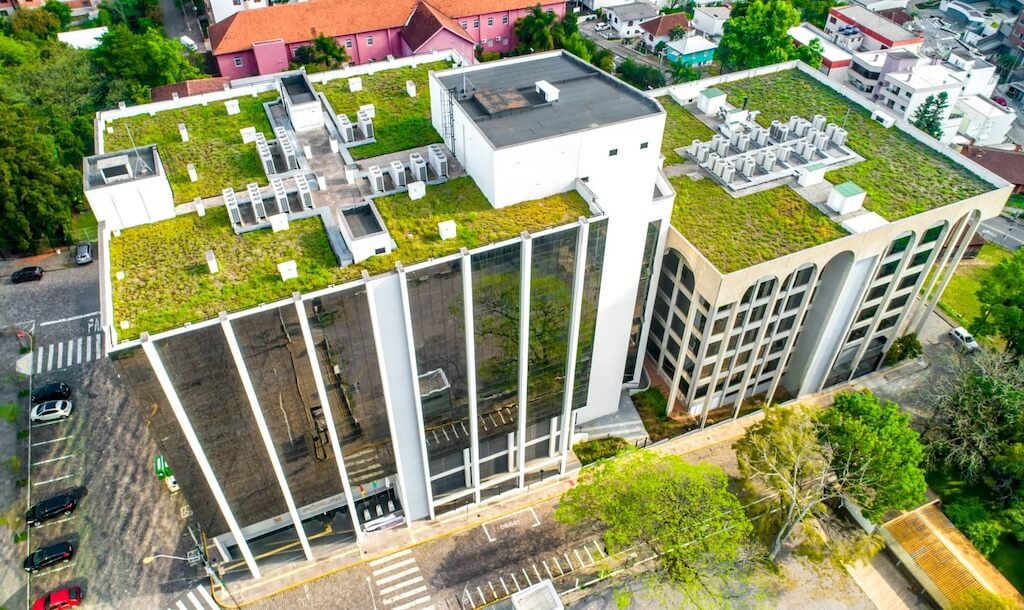
Furthermore, when planning for your project, you will have to consult with the fire department.
Before building a green roof, some basic conditions must be respected. If they are not, you will have to file for an equivalent measure request to have your project approved.
Firstly, your roof must be flat, with a slope inferior to 17 %. It must also be no higher than 46 m from the ground. It is also not possible to create a green roof on an existing asphalt and gravel roof.
If you want to build a green roof on an already existing building, you will have to get the building’s structural resistance analysed by an engineer, taking into account any additional weight that will be added to the roof. The existing materials will also have to be evaluated for compatibility with a green roof.
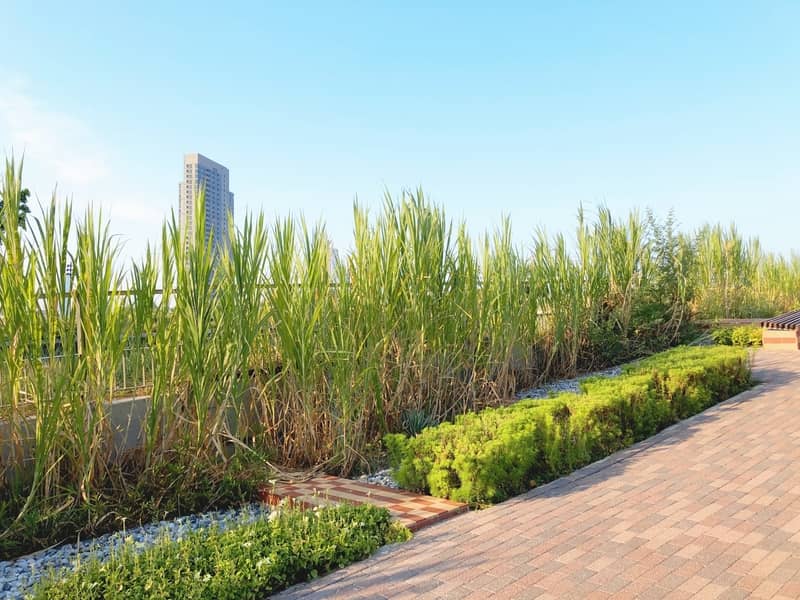
Some rules and regulations apply to the plants themselves. Mature plants cannot be higher than 1,200 mm, and the growing substrate must have a minimal thickness of 100 mm. You will also have to plan for:
- A filtering component or layer
- A draining component or layer
- A water retention system
- A root barrier
You will also have to complete a waterproofing test and create a detailed report for it.
Most importantly, you should call on specialised experts to make sure that your roof is built according to current rules and regulations. They will have to provide you with a customized maintenance plan. It is important to also contact your municipality before beginning your project.
Different Types of Green Roofs
There are three different types of green roofs, according to the thickness of the growing substrate:
- Extensive (150 mm or less)
- Semi-intensive (150 to 300 mm)
- Intensive (over 300 mm)
The extensive system is the lightest. It does not require any structural reinforcement and is made from plants that are easy to maintain, like sedums, mosses, grasses and perennials.
A semi-intensive roof has a medium thickness and will have more elaborate plant varieties, allowing for more extensive landscaping. This is an option that is midway between the extensive and the intensive roof, with moderate maintenance requirements and a wider variety of plants. You could, for example, add some small bushes or shrubs.
Finally, an intensive roof is the heaviest option, but it will allow you to create a very varied landscape. You could even plant some trees, depending on the substrate thickness, and a vegetable garden for example. This type of green roof will require a more rugged structure given the extra weight it will have to withstand. It is also more demanding when it comes to maintenance.
Although the intensive structure is the most complex and costly, depending on the different plants being used, it also helps with:
- Rainwater retention
- Soundproofing
- Energy Efficiency
Although an extensive roof might not offer as much, it does improve insulation and energy efficiency significantly. Estimates suggest that it will allow you to reduce energy costs related to air-conditioning by 91 %.
Green Roof Maintenance
Maintenance on your green roof will vary according to the plants you have chosen. It is of the utmost importance that you get detailed information about your plants before choosing them for esthetic reasons. If your roof is mainly composed of succulents and moss, maintenance will be easier. Inversely, a vegetable garden will require much more attention and care.
Some plants require little watering and are satisfied with rainfall; you will still need to remain vigilant in the event of a drought. You might want to create a watering calendar for your plants. You could also opt for getting a watering system installed.
Even if your plants require little maintenance, you should inspect them at least twice a year to remove all weeds and quickly detect the presence of parasites so that you can act swiftly. You will also have to think about inspecting filtering, draining and water retention systems. Fall and spring are perfect times for such inspections.
If you have an intensive roof, more visits might be required to care for it properly. Depending on the chosen plants, you might have to mow the grass as part of your regular maintenance.
Ready for the next steps?
Clinique de la toiture FCA is a company specializing in TPO roofing. With their expertise, our teams work on residential flat roofs as well as on large commercial projects.
By calling on us, you are choosing to call on reputable roofers for the inspection, maintenance, replacement and repair of TPO roofs in Montreal. Contact us if you want to know more!
For an online quote request, click on the button below:

Interested in green roofs?
Re-roofing, repair, inspection, maintenance… Our roofers are there to help you!

